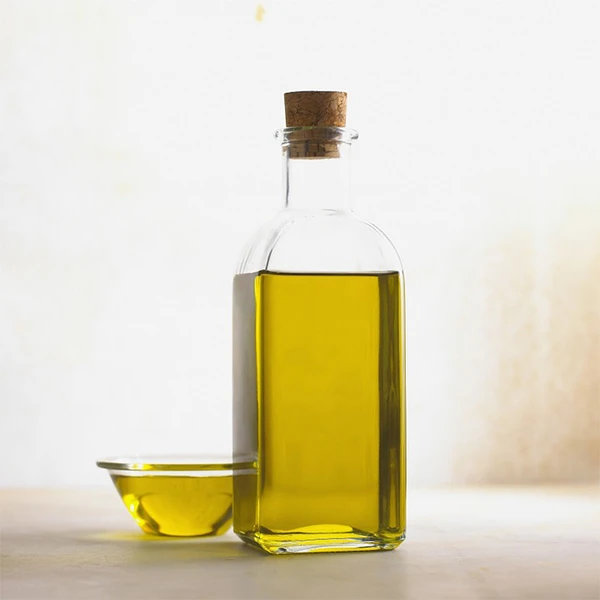Measuring the Color of Oil

Edible oils like coconut oil, olive oil or palm oil are graded according to their level of refinement. Grading of edible oils can be done by comparing its color against a reference. However, visual assessment alone is difficult in grading edible oils reliably and consistently as factors like lighting condition, sample size and eye fatigue influence how our eyes perceive color. To ensure edible oils are graded accurately and consistently, the use of color measuring instrument would be needed.
Edible oils are generally translucent or transparent in nature, therefore, it is best measured using transmittance measurement. A reference standard L*a*b* values are first defined and subsequently, oil sample is measured to determine whether their L*a*b* values are within the desired range.
The commercial use of grading scales are largely used in oil trading while colorimetry and spectrophotometry are used in precise determination of color. Oils packaged for consumers are carefully blended to exact color using chroma meters and spectrophotometers in many manufacturing plants to ensure consistency.
Color measuring instrument like Konica Minolta Spectrophotometer CM-5 is equipped with a transmission chamber that can accurately measure both translucent and transparent liquid samples. The CM-5 is also able to provide pass/fail information based on user-set tolerances to ensure edible oils are graded objectively and consistently. A wide variety of accessories like cuvette and cell are available to provide users with a quick and easy measurement of oil sample.
Click here to watch a video of the CM-5.
For more information on how to measure the color of oil, contact us at 6563 5533 or write to us for a free consultation.

